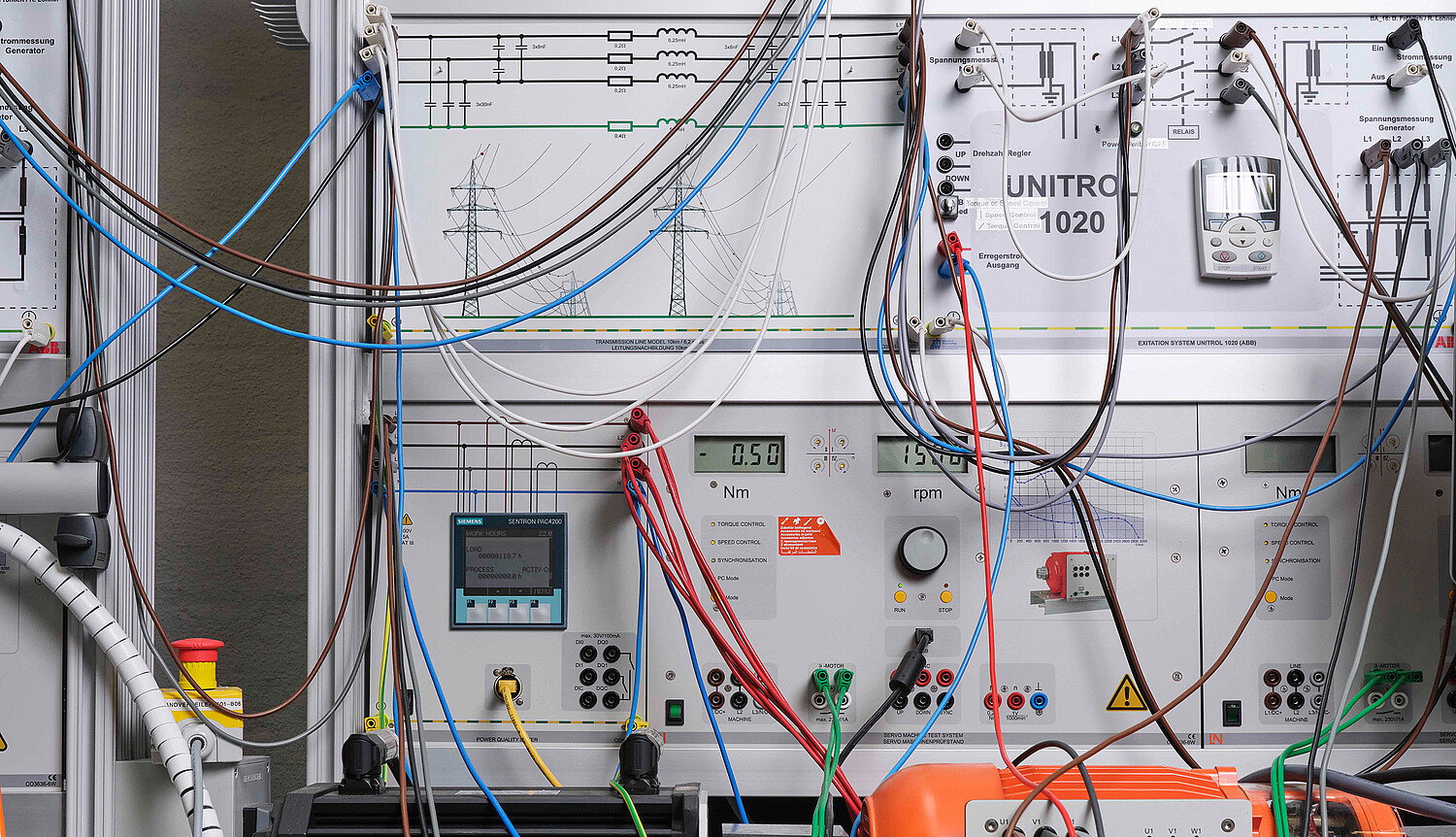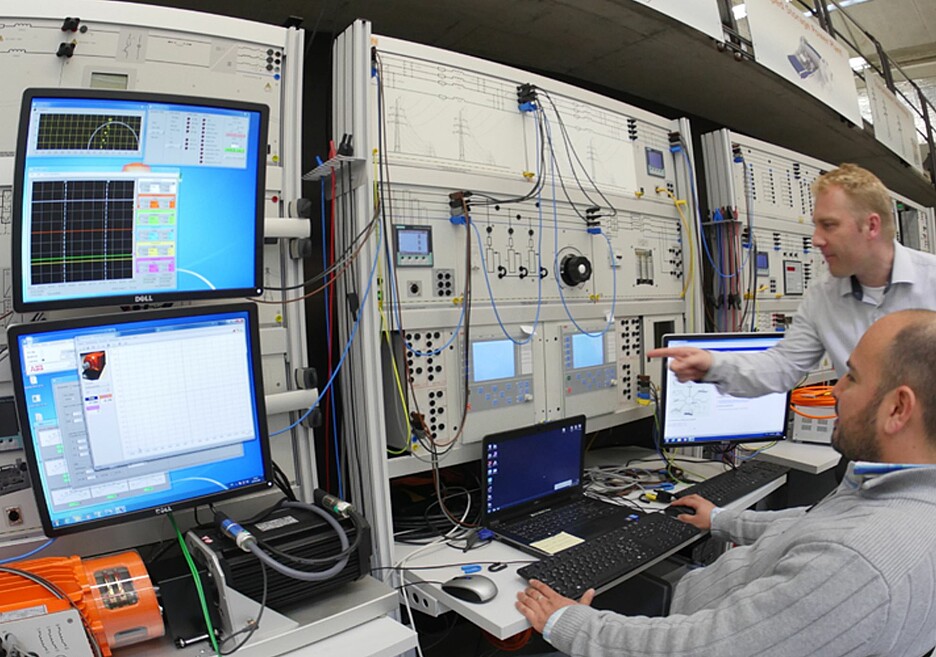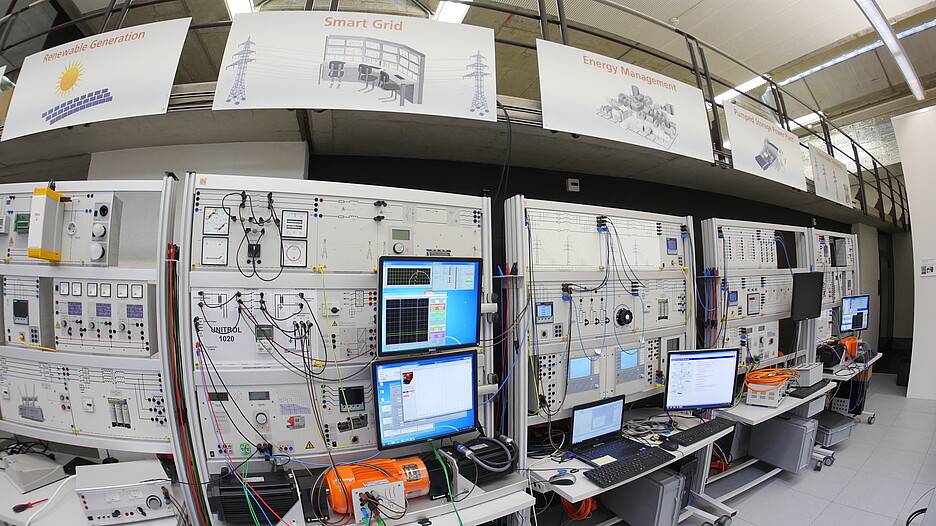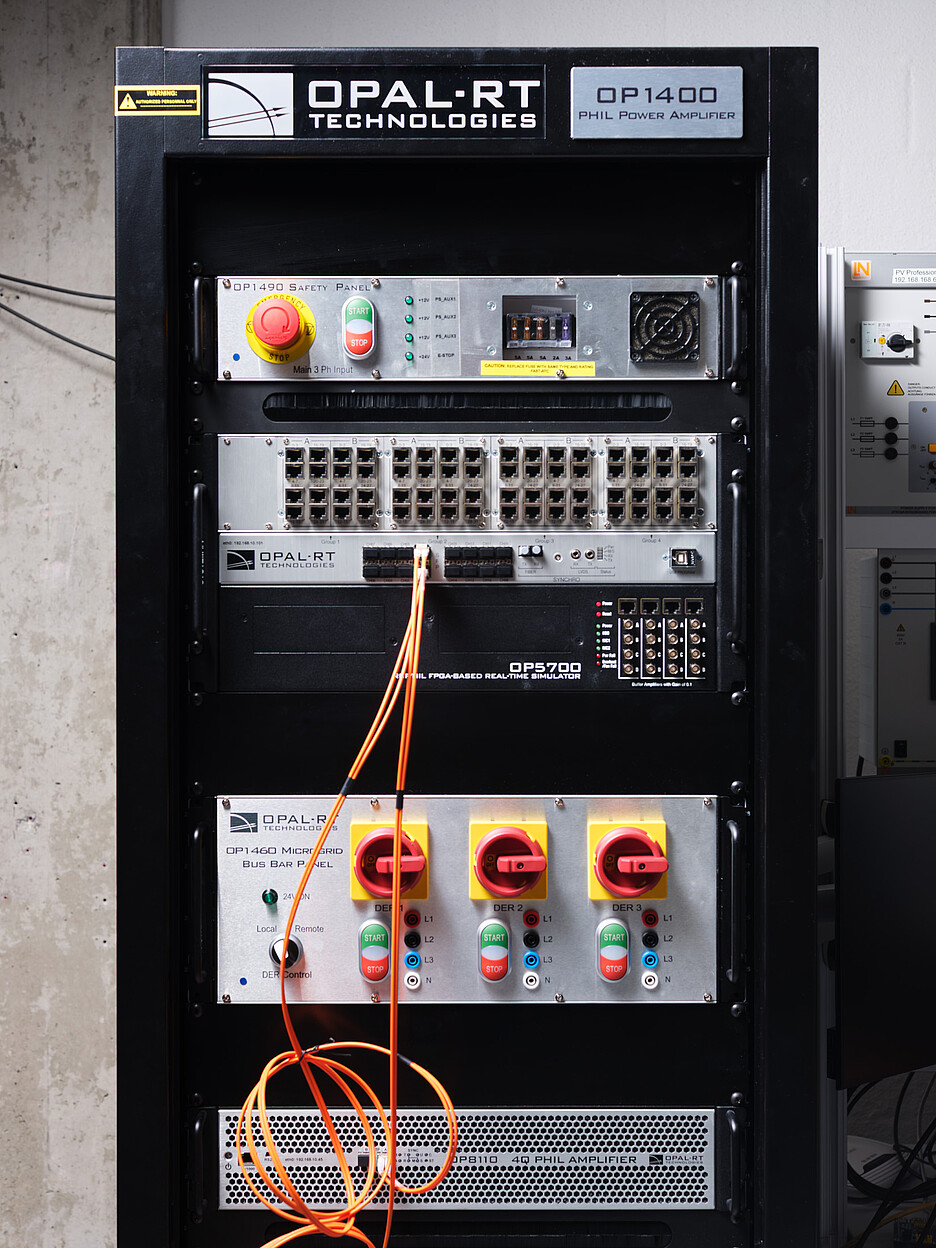
A unique look at the power grid
Power shortages, blackouts – what lies in store for us this winter? Petr Korba and his team simulate the European power grid in real time and identify disruption and blackout scenarios that could occur in the future.
“Nobody can predict what will happen this winter,” say Petr Korba. The lecturer and Head of the Electric Power Systems and Smart Grids Research Group cuts to the chase in summarising the current situation: “The reason that we are facing a power shortage is simple. In Europe, we have shut down conventional power stations faster that we have added new ones.” While he opines that a potential power shortage will not directly lead to increased blackouts, Korba can well imagine that there may be areas that have to go without electricity at times this winter. “When not enough power is available, areas will have to be disconnected from the grid. This doesn't represent a blackout, however, but rather a measure to prevent the need for a blackout.”
Balance in the power grid
When experts speak of a blackout, they are referring to a large-scale power outage and the collapse of the power grid. Such a situation is often triggered by a single error, followed by further problems that bring about a domino effect. The cause is typically an imbalance between production and consumption.
The events that unfolded on 8 January 2021, for example, showed just what can happen: A substation responsible for ensuring the flow of an untypically high volume of power from southeastern to western Europe suffered an outage in Croatia. As a result, the power sought routes via other lines, which were then overloaded one after the other, provoking a domino effect that caused numerous lines to be shut down. This separated the European power system into parts in which an imbalance in consumption and production logically developed. To protect the system from a blackout, consumers in one region had to be quickly disconnected from the grid, while power production was restricted in the other.
“If the protection technology fails, a domino effect can be set in motion, which in the worst case scenario may lead to a blackout.”
There is thus the constant monitoring of whether production and consumption are in balance, with the mains frequency within the power grid being measured to this end. Minor deviations are compensated for by increasing or restricting the output of individual power plants. In the event of a significant spike or decline in the mains frequency, the protection technology quickly switches off entire sections of the power grid unapologetically, which prevents the entire system from collapsing in a blackout.
The dynamics of renewable power generation

With the increasing share of renewable energies, it is becoming ever more difficult to maintain the balance between production and consumption. The reason for this is not only the fluctuating power production with solar power plants or wind farms, but also their dynamic behaviour: If a conventional power plant suffers an outage, it takes a few seconds before the heavy rotating mass of the large generator slows down, meaning that the mains frequency only drops after a few seconds. This represents a decisive advantage in terms of operation, as it has a stabilising effect on the system as a whole.
If, on the other hand, several solar power plants fail at once, the situation can become critical in an instant. These power plants are connected to the grid via electronics, which respond immediately. As such, there is hardly any delay and the protection technology is unable to regulate the situation in time. Korba explains: “The more renewable energies integrated into the power grid, the less time protection devices have to respond correctly, as everything happens at a faster pace. If the protection technology fails, a domino effect can be set in motion, which in the worst case scenario may lead to a blackout.” Korba and his team are investigating how the situation in such cases can be defused as part of the international “Impact of aggregated assets in the power system” (IMPALA) project.

“We want to develop new control strategies here and test measurement and control devices before they are used in the real power grid.”
Two further questions being addressed by Korba are what it takes to trigger such domino effects and how they take place. Among other work being performed to find the answers, he and his team have set up a small-scale electrical power system under laboratory conditions. It comprises real equipment that is in operation in power plants and integrates all of the components found in a real system, ranging from the small synchronous generators of conventional power plants and the inverters of solar power plants and wind farms right through to protection technology and the energy management system. In terms of voltage, the system has been built on a scale of 1:1000 for safety reasons. “Using this hardware, we can investigate the dynamics of the power grid under realistic conditions. We want to develop new control strategies here and test measurement and control devices before they are used in the real power grid,” explains Korba.
Korba’s team is also strong in the area of monitoring: As part of a European research project, around 30 measurement stations in Europe have been set up in cooperation with universities in various countries. These provide round-the-clock, real-time data on the mains frequency, which is recorded at the laboratory in Winterthur. “Using this data, we are able to identify critical situations or analyse past events,” says Korba. For example, the team was able to observe and understand in real time what was happening in the European grid on 8 January 2021.
Digital twin of the European power system

The digital twin of the European power system is about larger dimensions. All of the relevant power plants and the entire European power grid are integrated within this dynamic model, which is accessible to all researchers via the European Network of Transmission System Operators (ENTSO-e) in Brussels.
However, Korba and his team succeeded in being the first to run the model in real time on a supercomputer. This means that if the researchers allow power plants to fail in the computer, the power flows in the simulated grid change at the same speed as would happen in the real grid. Only in this way can chain reactions be simulated in a realistic manner. Korba explains: “With the simulation, we can take a look into the future by modifying this model on the basis of scenarios such as the federal government’s Energy Strategy 2050. While we cannot forecast when a specific event will occur, we can show which scenarios are very likely and the consequences they could have.” For example, Korba’s team had already identified the event of 8 January 2021 as possible some two months earlier and investigated how it might develop.
Dangerous events are becoming more frequent
Based on his research results, Korba is convinced that the reserves originally built into the system will dwindle and dangerous events that could result in a blackout will occur with greater frequency. “In the past 100 years, an event such as the separation of the European energy system that we observed on 8 January 2021 has typically only occurred once every ten years. Since then, however, similar events have already been seen twice.”
0 Comments
Be the First to Comment!